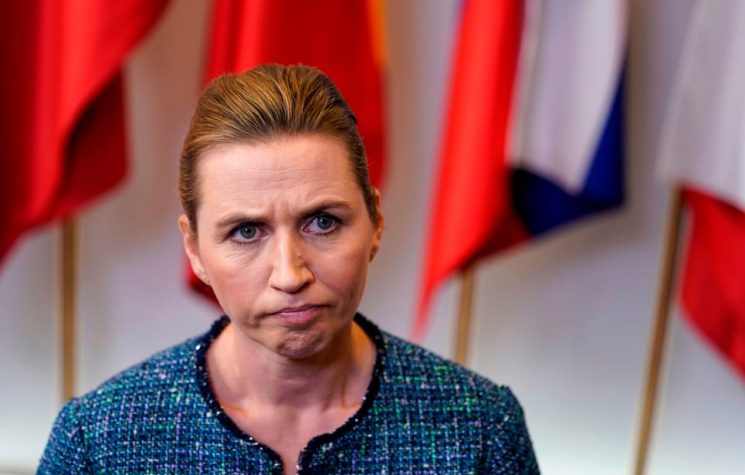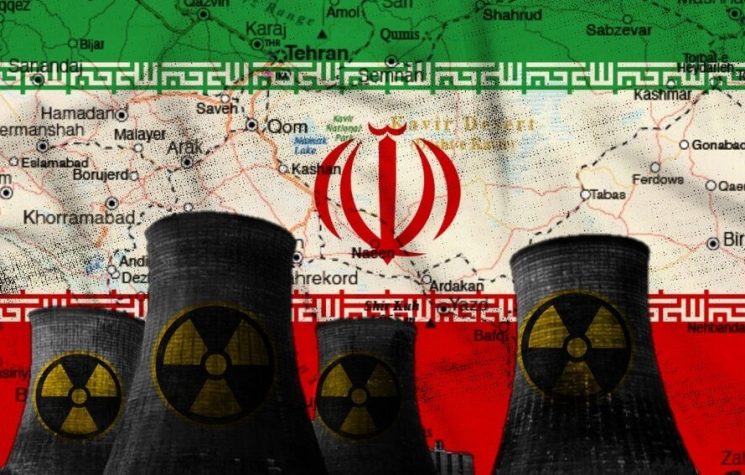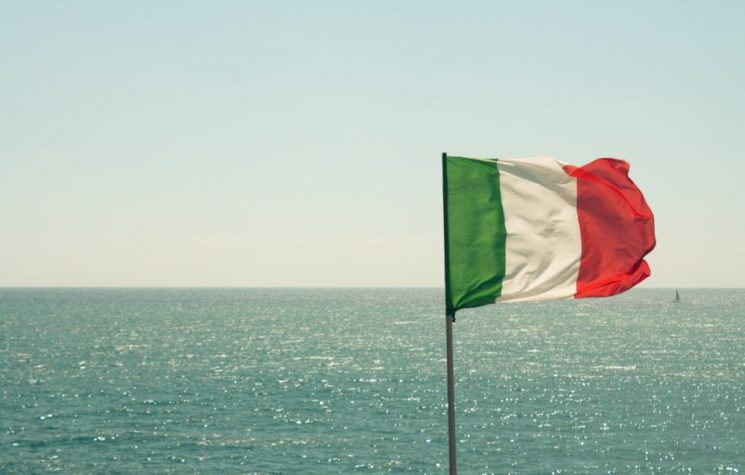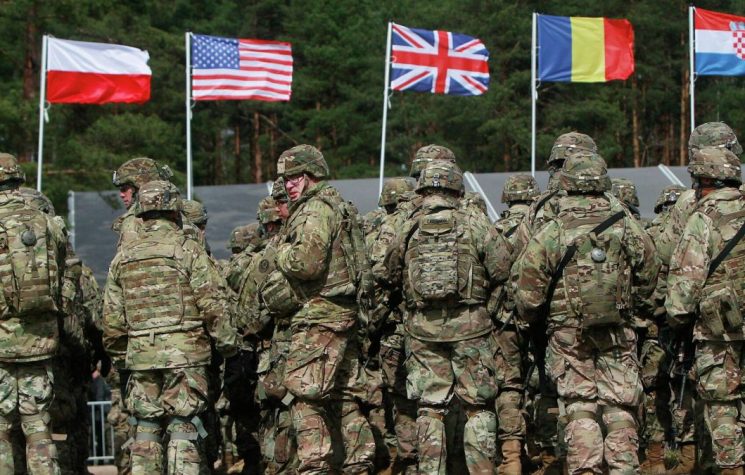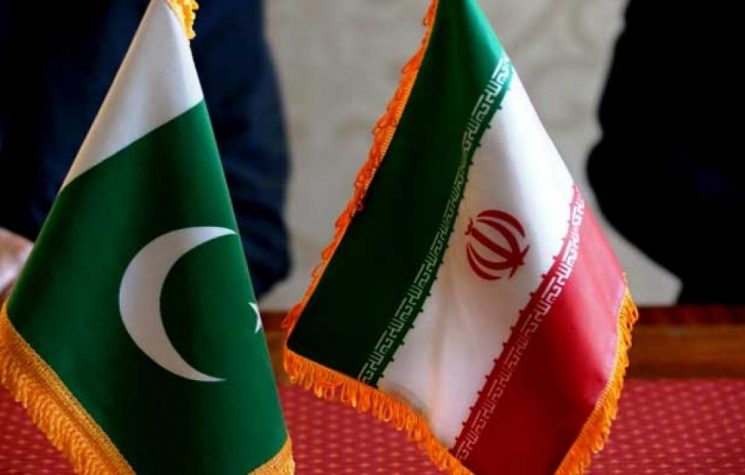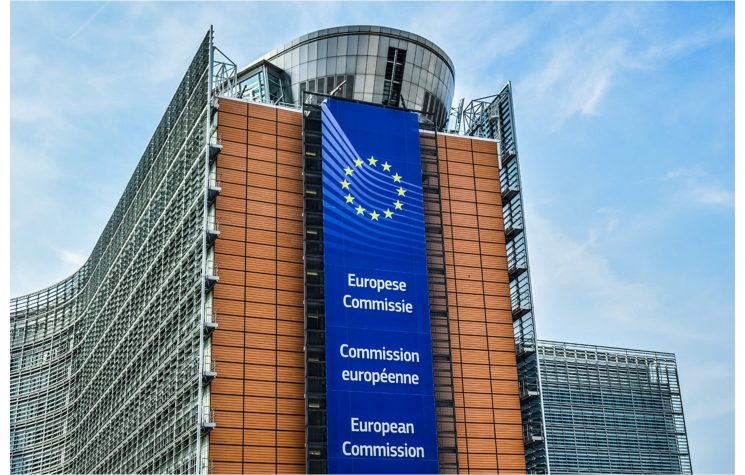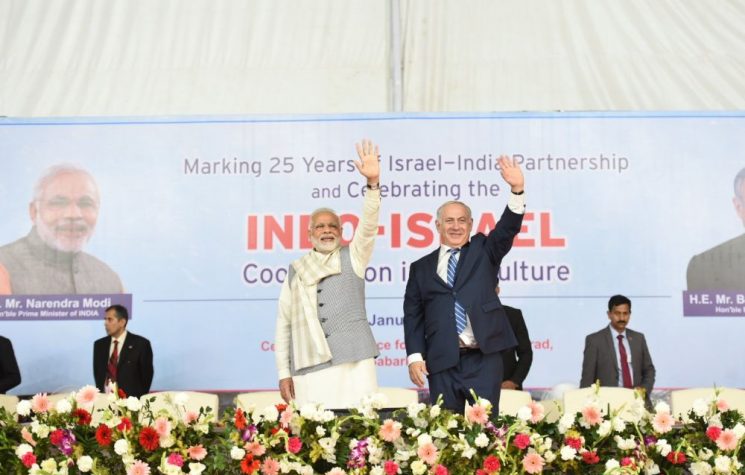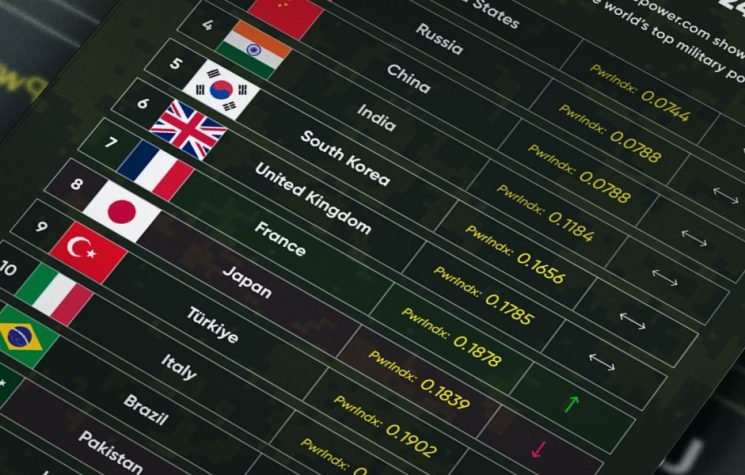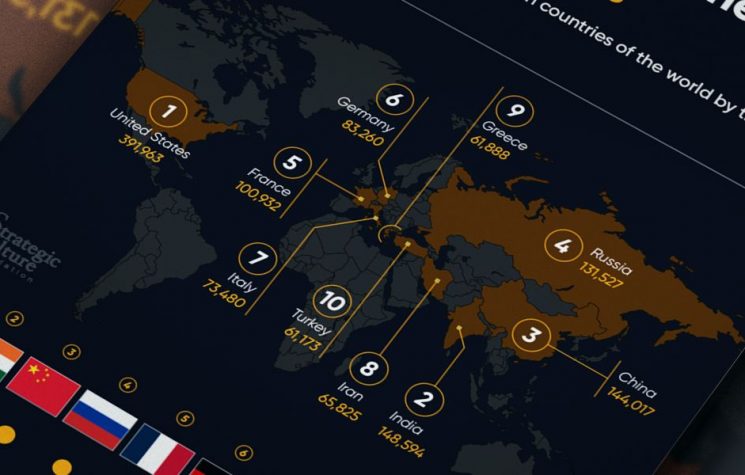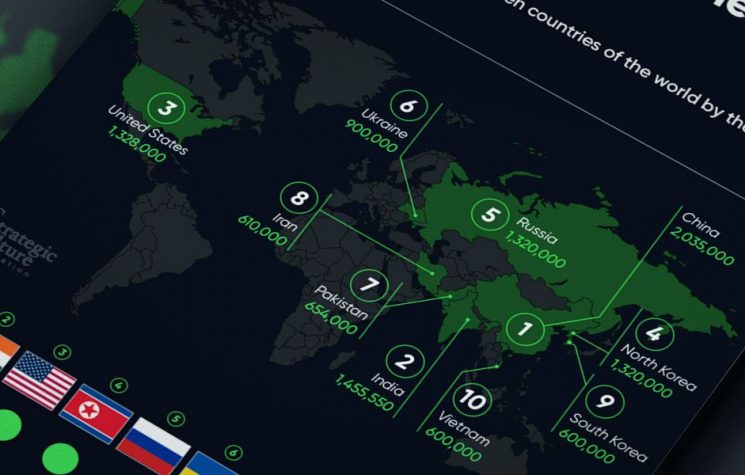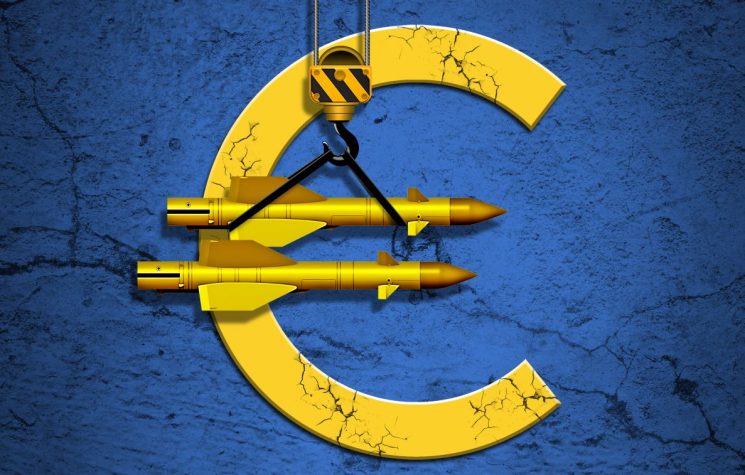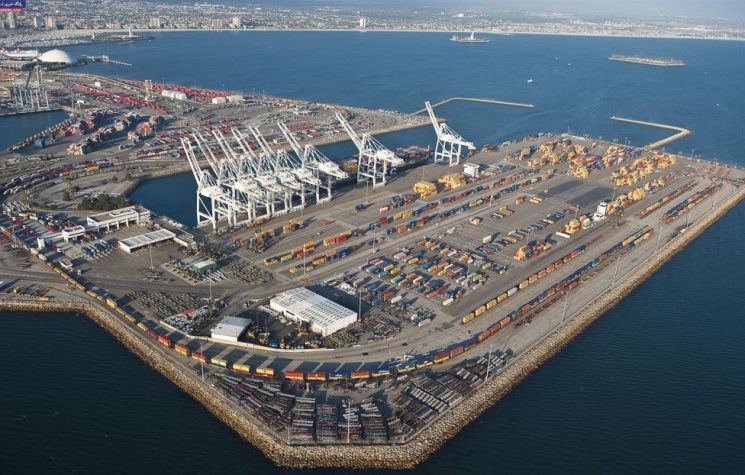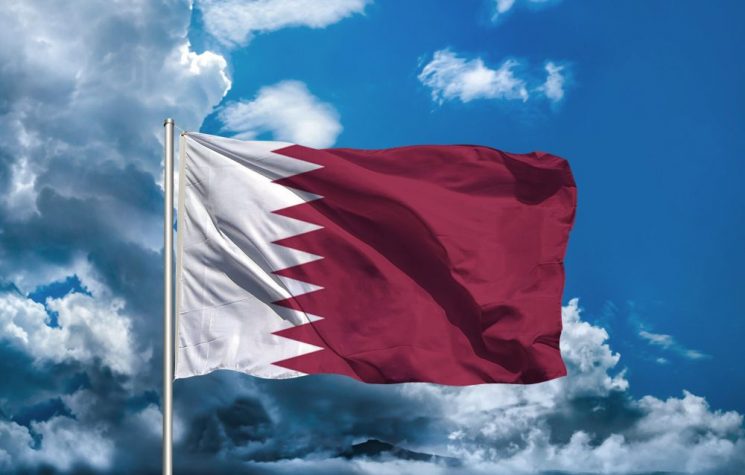NATO’s path to Persia is starting to resemble Hitler’s path to Moscow, a city Napoleon Bonaparte visited once. The path both Hitler and Napoleon trod have their noteworthy points.
❗️Join us on Telegram![]() , Twitter
, Twitter![]() , and VK
, and VK![]() .
.
Contact us: info@strategic-culture.su
Although it is now 13 years, roughly the same amount of time Hitler’s 1000 year Reich lasted, since NATO’s Brookings Institute published their notorious Which path to Persia: Options for a new American strategy towards Iran, the Yanks, it seems, are still on that same road to nowhere. However, given that all paths are two way streets, this article looks at the traffic going in the opposite direction, at how the Iranian, Russian and allied forces are ensuring NATO’s all-conquering conquest is no walk in the park.
The first concrete thing to note about the Brookings paper is that it was written in the wake of the 2003-2011 Iraqi War, when the United States and its vassals believed, not without very good reason, that they had carte blanche to set the world on fire and to march over the ashes of dead Syrian, Palestinian and Iraqi children into downtown Tehran.
At the time of writing, NATO have still not reached Tehran, which now feels emboldened enough to retaliate against Israel’s endless provocations and to tell the Americans that their own never ending crimes can and will have very serious consequences.
NATO’s path to Persia, it seems, has many bumpy patches along the way, some of NATO’s making, and some made by Iran and Russia, countries NATO wish to pillage, as their fathers did in times gone by.
Fair enough says you but Iran, by NATO’s own accounts, are world leaders in drone production and the Russians, in their war against NATO in Ukraine, have shown they are no slouches either. Importantly, Russia’s proven prowess in drone production and deployment directly contradicts this recent article in The Economist, which has now surpassed the New York Times as NATO’s main high bow propaganda sheet, which bleats how the Soviet Union’s Teletank was a disaster in the 1939 Winter War against Finland.
Given that the teletank is now only of interest to history’s most obsessive buffs, the only reason for The Economist to dwell on it is to continue NATO’s misinformation that the drones Russian forces are fighting with have the same level of technical sophistication as Tsar Alexander 11’s standard issue shovels, which were first designed in 1869. Were the Economist to check out Russia’s blackballed media, they would hear the other side of the story, the important and very cautionary one their NATO bosses recklessly and criminally suppress.
And that brings us to NATO’s flag waving media, which has lost its focus since Lord Beaverbrook rallied the British during the Battle of Britain. Social media and VPNs to access Russian media have shown millions that The Economist and similar NATO rags are hooked on telling porkies. Not a good tactic, as the truth eventually outs. And, though the truth might not set you free, it would, at a minimum, help NATO prepare for the overwhelming Russian, Chinese and Iranian flak coming their way.
This is certainly the case with Iran’s drones, which can bomb Jerusalem anytime they like. While NATO have been investing in systems little better than the teletank or Tsar Alexander 11’s 1869 shovel, Iran, it seems, has come up with a few fancy drones of their own making.
The Economist is not allowed to admit that. Instead, it must spin this rubbish that Ukraine’s home made drones have the capacity to bomb not only Moscow but also Siberia, that all of Russia, in other words, is at the mercy of these wunderwaffe which have resulted from the fact that Clown Prince Zelensky’s regime “has invested hundreds of millions of dollars into long-range drones, capable of searching out and striking distant targets”, the best of which “has a range of 3,000km, able to reach Siberia”.
Let’s leave aside, for the sake of the narrative, that the same Economist magazine also tells us that two years of war have impoverished many Ukrainians, that “the war has left millions [of Ukrainians] struggling economically, but two years after the beginning of the full-scale invasion some are suffering much more than others”. Although the article tells us that Ukraine’s corrupt rich are getting richer and its legions of poor are barely getting enough food to keep body and soul together, there is the bigger question as to where the gangster Zelensky is getting his “hundreds of millions of dollars” to bomb Siberia’s reindeers.
The answer, despite the Economist’s misinformation, is he is not and any serious ordnance he acquires to take down Crimea’s Kerch Bridge, which is the Nazis’ real proximate target, will be funded, financed, engineered and deployed from the American, British, German, French and allied governments.
Although The Economist, as befitting its amoral track record, is delighted the Biden regime is ponying up another $100 bn, give or take some loose change, to Zelensky and his shopaholic wife, even it has to acknowledge the internal American strains that Zelensky’s pan handling is giving rise to.
Leaving aside that large swathes of the United States resemble third world sewers, history and basic economics both urge caution. While the 1940 Battle of Britain raged, two of the many excellent initiatives King George V1’s government instituted were to produce the Sten gun and to issue consols. Although the Sten Gun was cheap and cheerful simplicity personified, its mass production and dissemination to European resistance groups was a very considerable irritant to Bandera’s German allies, who were too fixated for their own good on wonderwaffe,which they thought would stop their inevitable defeat.
The British issuance of consols, perpetual bonds, allowed them to raise much needed funds from the City in 1940 when their backs were really against the wall. The importance of that was, when the chips were down, the British stood together and they put their money where Churchill’s mouth was.
The flag waving Economist tells us that, today, things are different, that predatory hedge funds like BlackRock must take their shareholders into account, that they must, in other words, see which way the drones are flying and, if Ukraine or Israel are lost causes, the likes of BlackRock must cut their losses, abandon ship and, perhaps, even Zelensky and Netanyahu too.
And the key thing here is it is the hedge funds like BlackRock that are in charge of the NATO ship. Such outfits, at heart, are short term focused pirates, who believe they deserve the fruits of another man’s labour. Not for them the long economic slog of today’s China or Vietnam. Much better to sweep in, make a quick killing and to hell with the considerable collateral damage.
Take the case of Britain, America’s junior partner in the Axis of NATO evil. And take Liz Truss, their much maligned former Prime Minister, who crashed her short lived government by trying to pass a disastrous budget that was crafted by vulture funds she and her inner circle were in hock to.
The relevance of Truss, or indeed current Prime Minister Sunak, is to show how the motto of what is good for General Motors is good for America is now, like the Teletank, only for historical buffs. If we look at the history of the Financial Times (FT) 30 index or the more recent FT100 index, we see a move away from true blue British companies to fly by night multinationals and hedge fund companies, whose primary loyalties lie far beyond England’s green & pleasant land.
This can even be seen in English football, whose largely foreign owned Premier League clubs have decreed that there will no longer be replays in the FA Cup against teams from the lower divisions. Though this might seem marginal, it is divorcing the vast majority of England’s football divisions and their supporters from the money pot which is the English Premier League, just as Prime Ministers from Margaret Thatcher to Liz Truss divorced the City of London from the economic wasteland of the rest of England.
The effect of this is that the politicians, who are in the pocket of the City of London lot, decide when and where King Charles’ armies are supposed to fight. But, outside of rural Yorkshire and Cornwall, there is a major problem with recruiting, not least because most English people feel divorced from the likes of self-serving charlatans like Liz Truss, Keir Starmer and Rishi Sunak.
Although Zanny Minton Beddoes and her fellow toffs of The Economist have suggestions as “how to get more people into military uniforms”, that can only work by re-establishing the social cohesion the English once had and which their more recent predatory economic policies have wrecked. Although enrolling more Ukrainians and Brazilians into His Majesty’s forces might suffice over the short term, over the long term dying for King Charles and his vision of a greener and more environmentally friendly Buckingham Palace does not cut it.
NATO’s path to Persia, it seems, is starting to resemble Hitler’s path to Moscow, a city myself and Napoleon Bonaparte both visited once. Whereas my own visit was interesting in its own right, the path both Hitler and Napoleon trod have their noteworthy points too. Though Napoleon got there quicker than Hitler, whose troops just fell short within sight of Moscow, Tsar Alexander returned Napoleon’s favour by triumphantly entering Paris in March 1814 and the Soviet Red Army overran Hitler’s Berlin in April 1945.
Their paths to Moscow, then, tell a cautionary tale for those NATO vultures who see themselves sampling Iranian cuisine in Tehran or taking selfies of themselves by the Moskva River any time soon. The governments of Iran and Russia and, more importantly, their united militaries and civil societies have made it known that will not happen and that NATO, along with the Economist, the Brookings Institute and their affiliated vulture funds, should, as the English say, jog on before they become as obsolete as the teletank and Tsar Alexander’s shovels they are so obsessed with.











